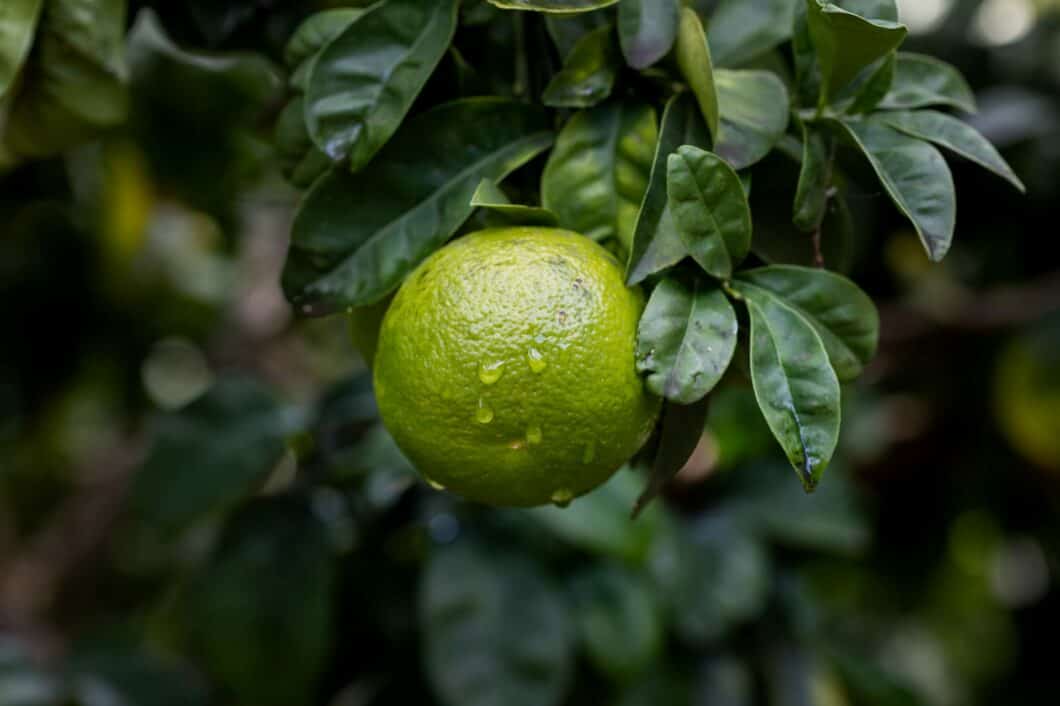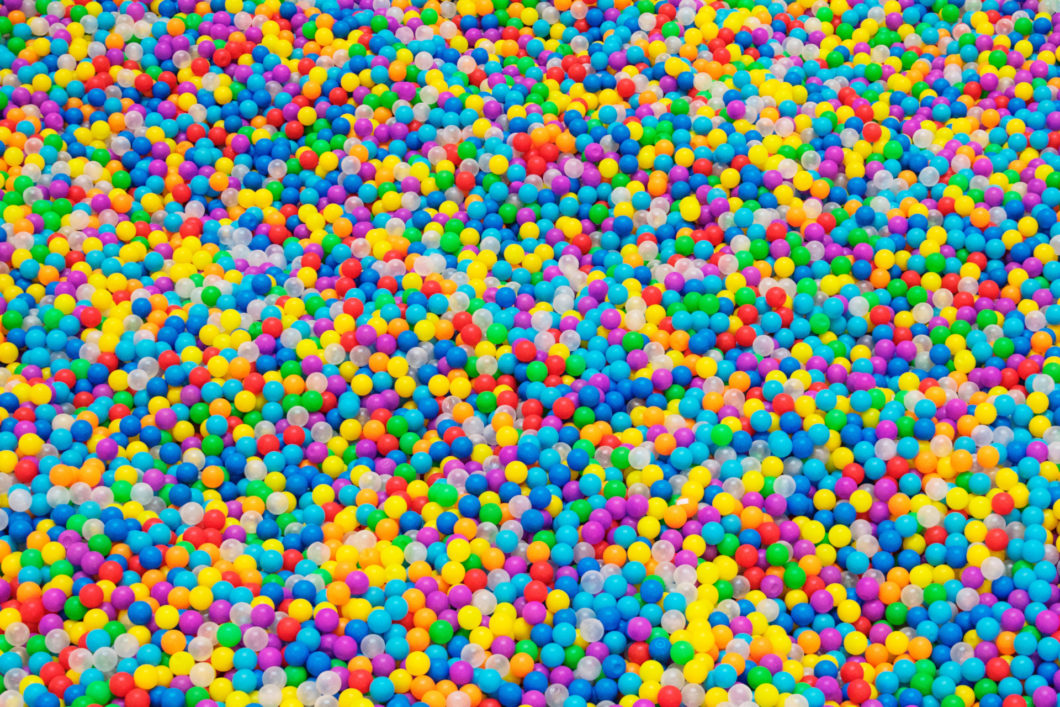Product development • In the 1960s, chemists discovered a new substance up to 3,000 times sweeter than sugar. It was approved as a sweetener in the 1990s by the EU. But it's not as a sweetener that it has garnered the most appreciation, but as a taste enhancer. Or should we say "taste concealer"? Neohesperidin DC is an unknown veteran with many uses.
Our guide to artificial sweeteners has come to neohesperidin dihydrochalcone, often abbreviated neohesperidin DC or just NHDC. It is an expert at masking bitter flavours. Especially from substances found in citrus fruits, from which it is also derived. In the EU, it has been approved as a sweetener (E 959) since 1994. The question is: Does it get approved by you?
What is neohesperidin DC?
The United States Department of Agriculture (USDA) undertook a research programme in the early 1960s to reduce the bitter taste of lemon juice. One of these bitter flavourings is neohesperidin (without the DC at the end).
The researchers discovered that the bitter taste disappeared if neohesperidin mixed with caustic potash (potassium hydroxide) was exposed to hydrogen gas under high pressure and in the presence of metal (hydrogenation). The result is called neohesperidin DC (note the DC at the end).
Not only does the bitterness of neohesperidin disappear in neohesperidin DC. The substance proved to be good at masking the bitterness of other substances. In addition, neohesperidin DC tastes sweet and has other interesting properties.

How is neohesperidin DC made?
Neohesperidin DC is not found in nature. It is produced chemically from neohesperidin (without DC at the end), extracted from bitter orange or created by chemically converting naringin found in grapefruit. The process consists of five steps:
- Neohesperidin and potassium hydroxide are dissolved in water.
- In the presence of a metal, hydrogen is added to the mixture under high pressure. The metal, often palladium, acts as a landing site where neohesperidin, potassium hydroxide and hydrogen combine to become neohesperidin dihydrochalcone—i.e. neohesperidin DC. None of the metal is carried along; it’s just a catalyst.
- The strongly basic mixture is neutralised with sulphuric acid.
- The mixture is heated to form crystals. These crystals are not pure; they contain particles and microorganisms. They are therefore dissolved in hot water, filtered and then heated to form crystals of purer neohesperidin DC. This is called recrystallisation and is repeated until the crystals consist of at least 96 % neohesperidin DC.
- The thus extracted and purified Neohesperidin DC crystals are then dried, ground and packaged.

Uses
Som, neohesperidin DC is good at masking bitterness—especially from citrus fruits. It was for this particular application that the substance was first produced. Today it is also used to mask bitterness in medicine and animal feed.
It is also sweet—up to 3,000 times sweeter than ordinary sugar. But how sweet it is perceived depends on the amount. It is “only” 400–600 times sweeter than sugar in practical use.
It also makes other sweet substances taste even sweeter. Neohesperidin DC has this synergistic effect on saccharin, aspartame, cyclamates, sucralose, acesulfame K and sugar alcohols. This means that less of these sweeteners are needed to achieve the same sweetness.
It’s not just sweetness that is enhanced by neohesperidin DC, but also other flavours and the mouthfeel. For example, it can be added to dairy products, such as yoghurt and ice cream, to enhance the mouthfeel of ‘creaminess.’
Neohesperidin DC may be used in a wide range of foods such as soft drinks, desserts, ice cream, confectionery, certain pastries, fruit and vegetable preparations, high-fibre breakfast cereals, jams, marmalades, jellies, certain soups, vitamin or mineral supplements, sauces, certain snacks, alcoholic beverages and low alcoholic beverages.
Other properties
In addition to masking bitterness, tasting sweet, enhancing flavour and improving mouthfeel, neohesperidin DC has some other interesting properties.
- It is heat resistant.
- It has a long shelf life.
- It is stable in both acidic and alkaline environments.
All are favourable properties. But compared to regular sugar, it has some properties that can be positive or negative depending on the application:
- It takes time before the sweetness is felt in the mouth.
- The feeling of sweetness lingers longer.
- It has a menthol/liquorice aftertaste.
And, of course, neohesperidin DC provides no energy (0 kcal), has no effect on blood sugar levels (GI = 0) and does not cause caries.
Is there nothing negative to say? There is. Food workers report experiencing nausea and migraines after high exposure to neohesperidin DC. Thus, face masks are essential when handling neohesperidin DC.
What happens to neohesperidin DC in the body?
Neohesperidin DC is structurally similar to flavonoids—antioxidants that give fruits, berries and vegetables their colour, among other things. Therefore, neohesperidin DC follows the same pathway in the body as flavonoids.
Most of it passes unaffected through the digestive system until it reaches the large intestine. There, it becomes prebiotics for your probiotics–in other words, yum-yum for your colon bacteria. Only a tiny portion of neohesperidin DC is absorbed by the body.
Most of it is broken down in this way into harmless substances. The little that comes out decomposes in the soil in the same way as flavonoids.

Is neohesperidin DC safe?
There have been extensive studies of neohesperidin DC. They have shown that the substance is not toxic, mutagenic or carcinogenic.
However, as always, there is a limit to the Acceptable Daily Intake (ADI). This is 5 milligrams per kilogram of body weight.
To reach the ADI, you have to consume quite a lot of unhealthy foods. It takes about 2 kilos of sweets with 150 milligrams of neohesperidin DC per kilo or 10 litres of soft drinks with 350 milligrams per litre.
Benefits of neohesperidin DC
Benefits of neohesperidin DC:
- It is up to 3,000 times sweeter than regular sugar.
- It enhances the sweetness of other sweeteners.
- It enhances flavours.
- It can improve the mouthfeel (e.g. contribute to the “creaminess” of dairy products).
- It is good at masking bitter flavours.
- It is metabolised naturally in the body by the intestinal flora.
- It tolerates heating.
- It has a very long shelf life.
- It is stable in both acidic and alkaline environments.
- It provides no energy (0 kcal).
- It does not affect blood sugar levels (GI = 0).
- It does not cause tooth decay.
Disadvantages of neohesperidin DC
Disadvantages of neohesperidin DC:
- It has a delay before we feel its sweetness in our mouth.
- It has a more prolonged aftertaste than sugar.
- It has a menthol/liquorice aftertaste if not combined with other sweeteners.
- There are indications that high exposure in food workers can lead to nausea and migraines.
Summary
For almost three decades, Neohesperidin DC was authorised in the EU. Yet this veteran is quite unknown. This is despite its many interesting properties and the fact that it is naturally degraded inside and outside the body.
In the food industry, it is mainly intended to be used as a sweetener, but with the positive “side effects” of masking bitter tastes and enhancing other tastes and sensations. It is stable in acidic and alkaline environments, withstands heating, and is durable.
But it is not entirely sugar-like. It takes a while for the sweetness to be felt, lingers for a long time, and has a menthol/liquorice aftertaste.
Is there anything better? A more sugary sweetener? And natural? Yes, there is Reb M.
More natural alternatives
Reb M is a steviol glycoside found naturally in the plant stevia (stevia rebaudiana). The taste is described as clean, sweet, pleasant and agreeable. It does not have the bitterness and liquorice taste of some other steviol glycosides. And it is allowed in the EU. Curious? Contact us, and we’ll tell you more.
Please, share this article if you liked it.
[et_social_share]









